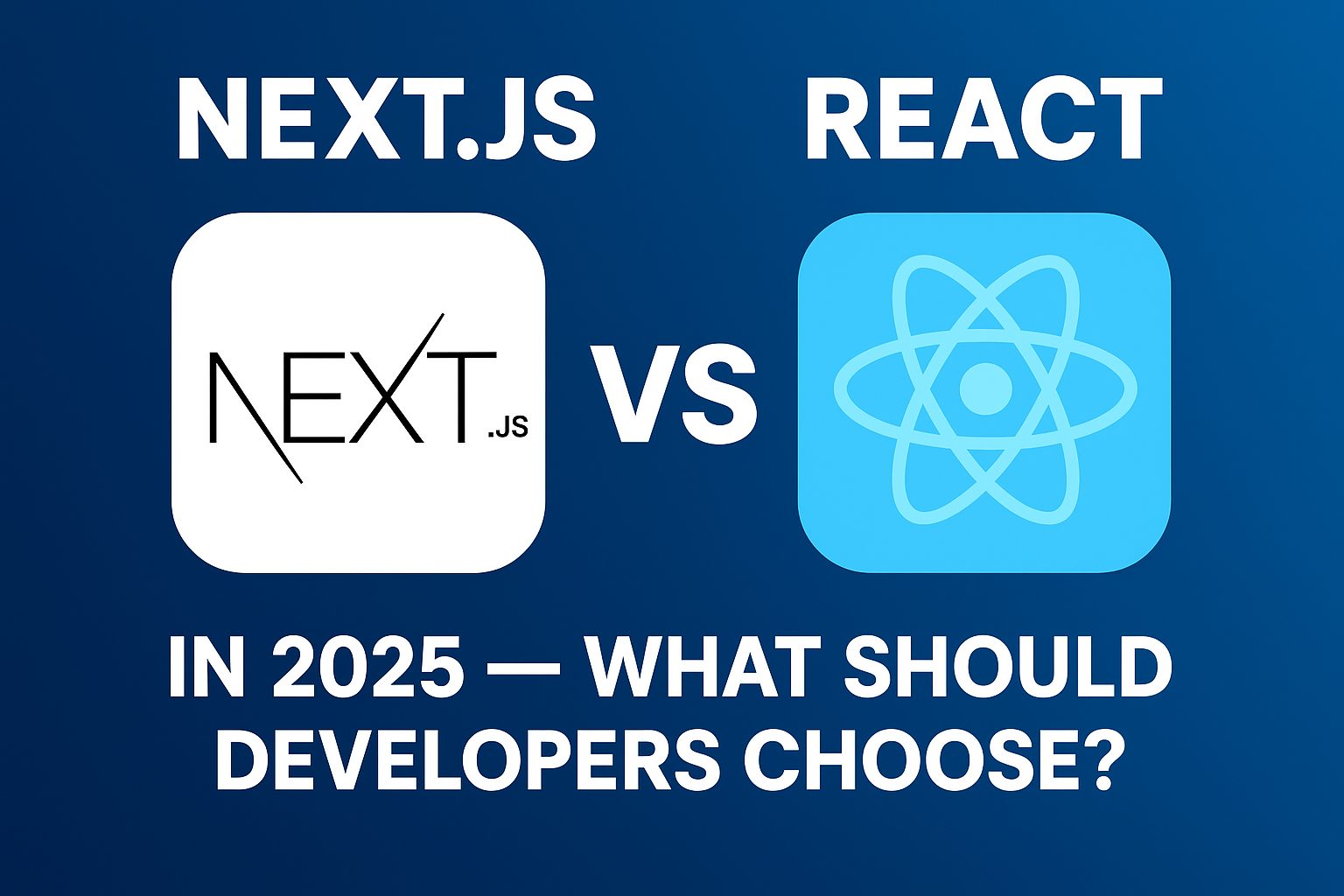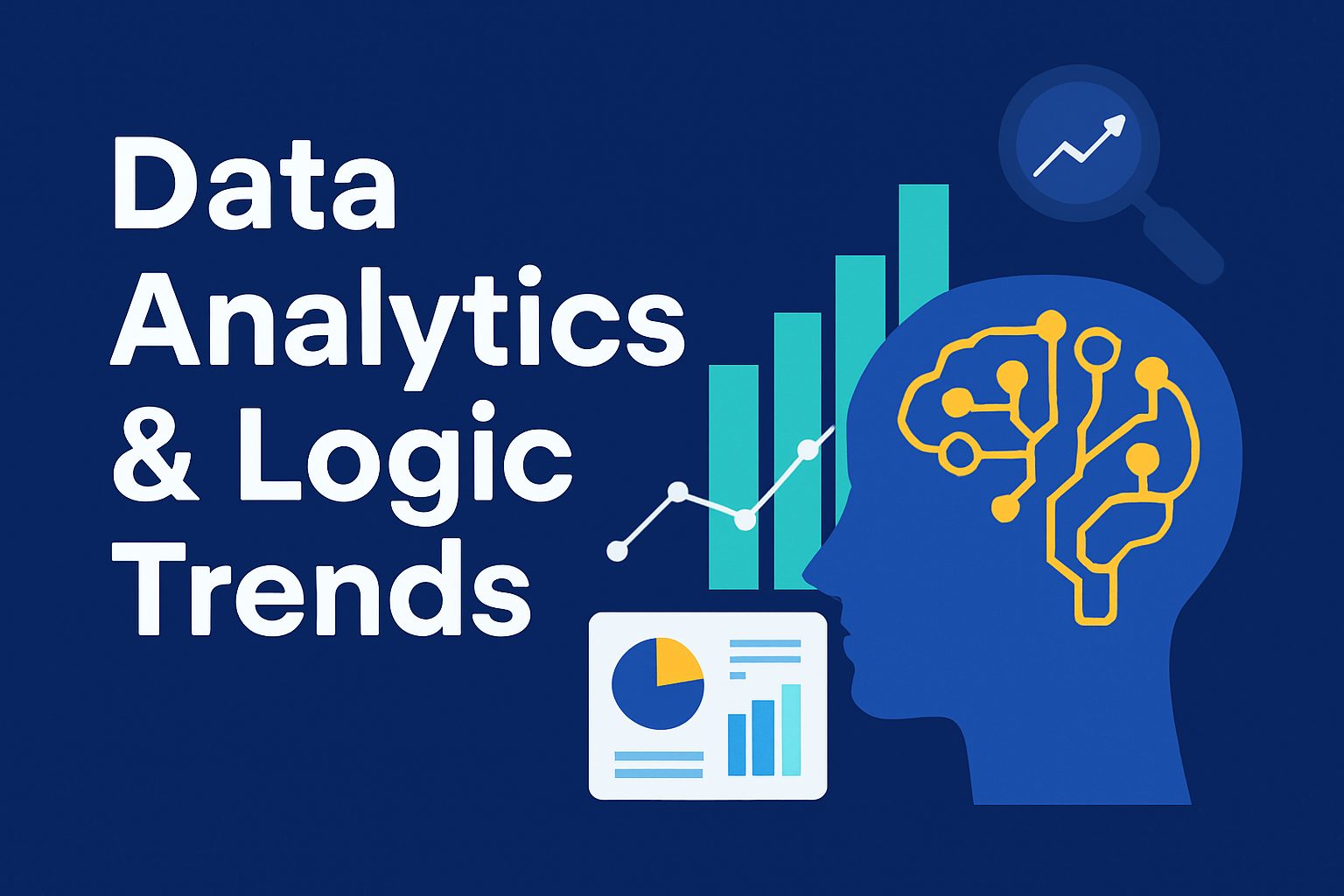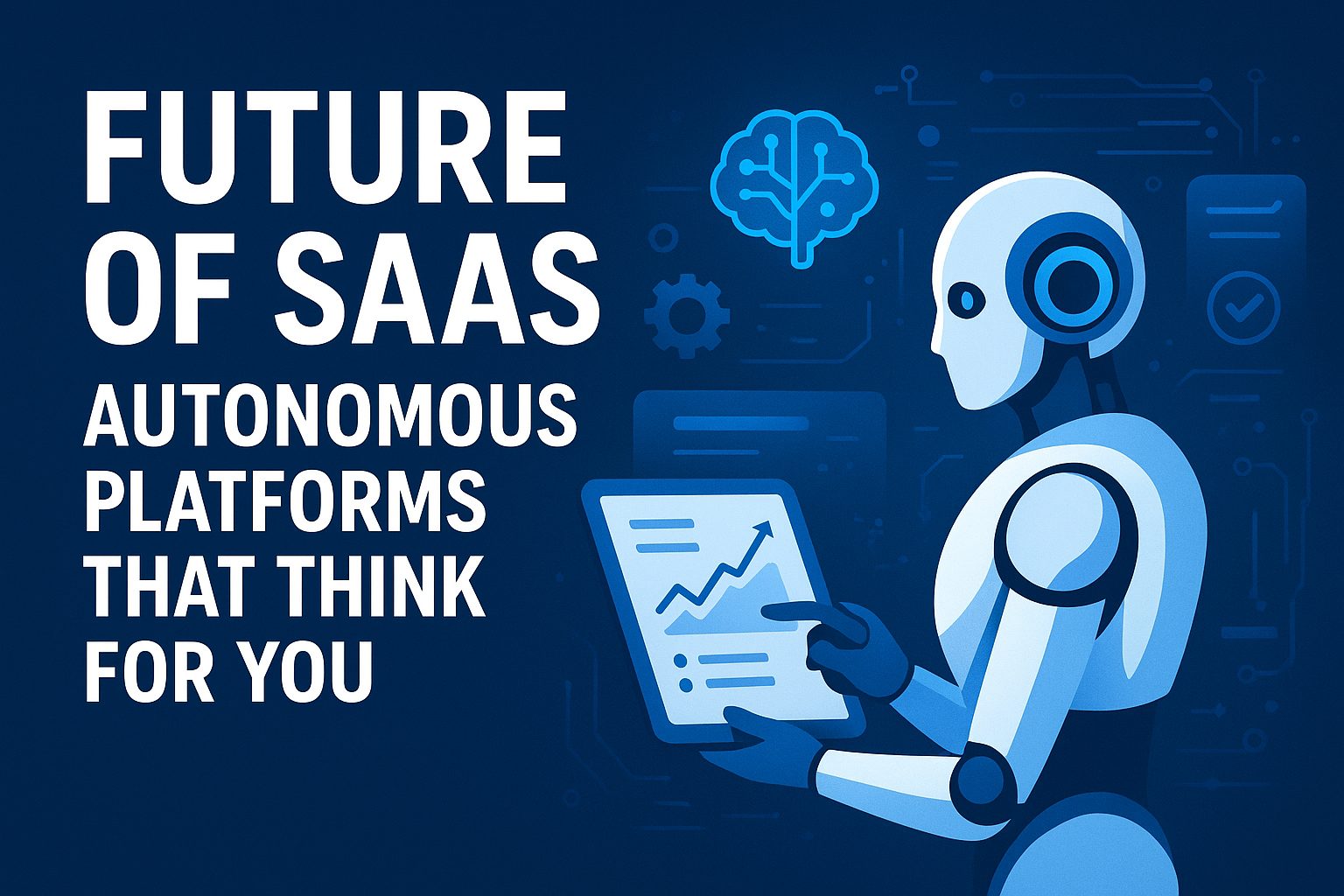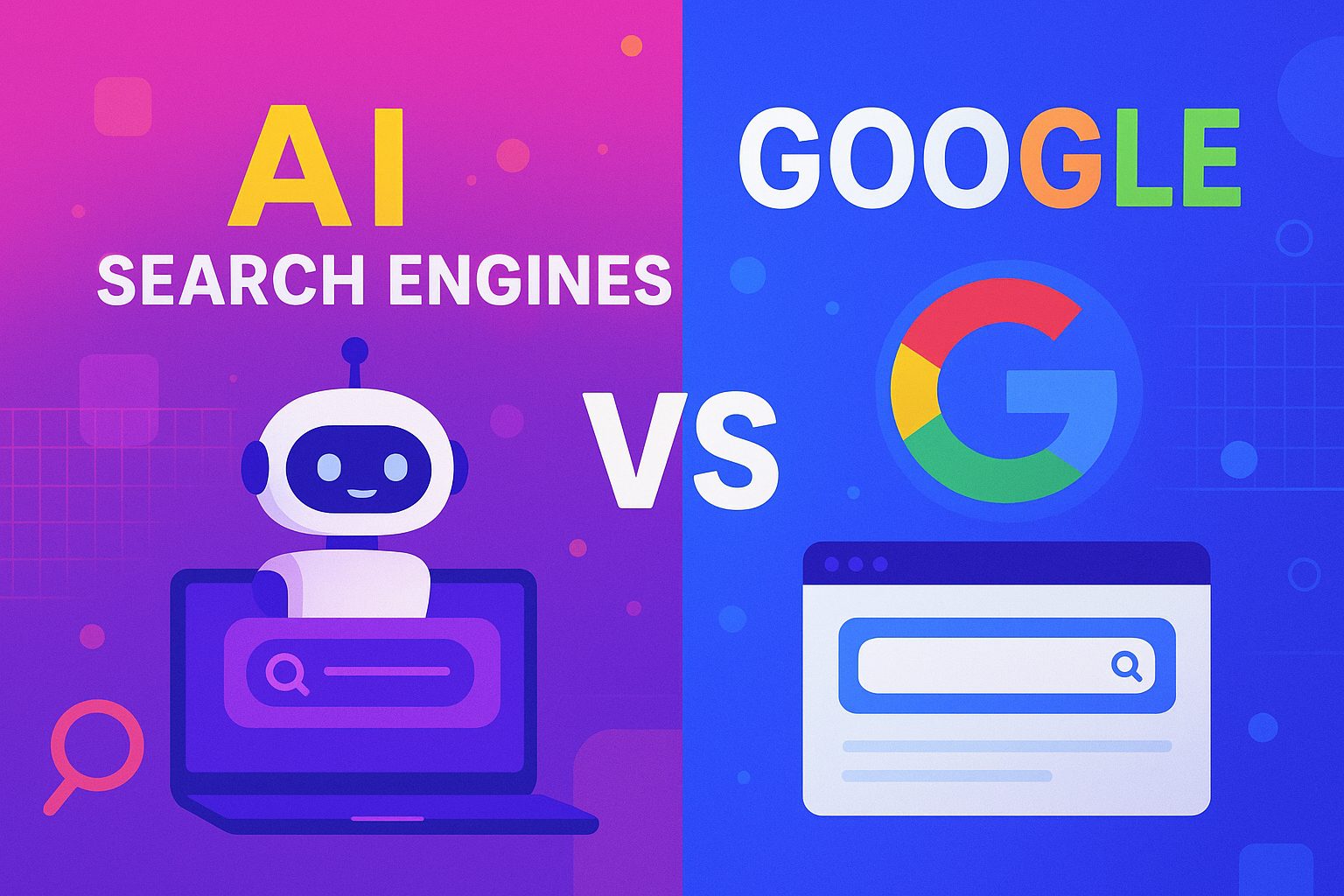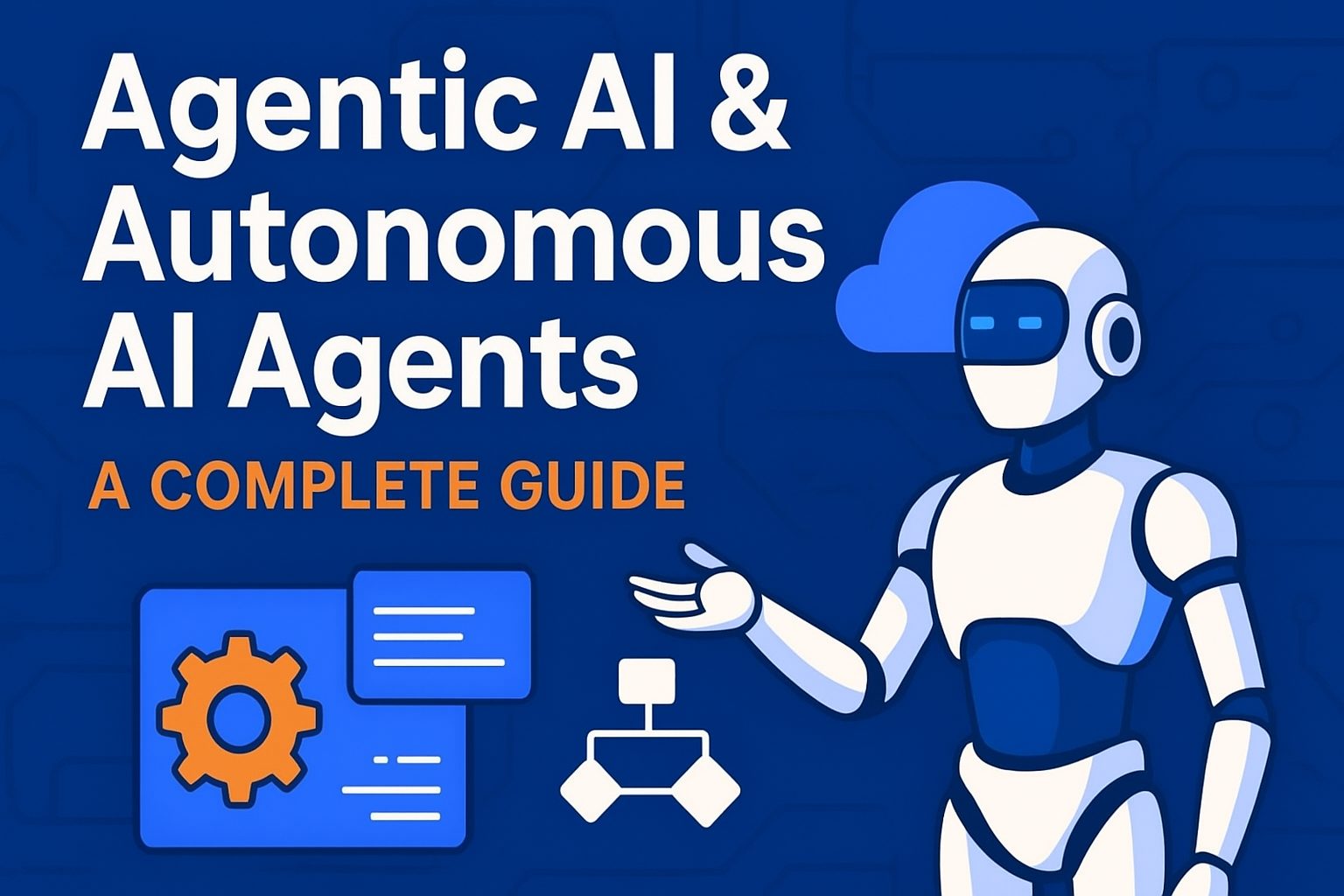In today’s rapidly evolving digital landscape, information technology (IT) is doing more than powering operations—it’s redefining how people connect, collaborate, and thrive at work. From cloud-based tools that break communication barriers to AI-driven insights that personalize the employee experience, IT innovations are shaping a new era of workplace culture built on transparency, agility, and empowerment.
This transformation isn’t just about adopting new systems—it’s about creating an environment where people and technology work hand in hand to unlock potential and purpose. Let’s explore how IT innovations are driving cultural change across modern organizations.
1. Enhancing Communication and Collaboration
Effective communication lies at the heart of every successful workplace culture. IT innovations have revolutionized how teams interact, whether they’re in the same office or across continents. Tools like Microsoft Teams, Slack, and Zoom have made collaboration seamless, allowing employees to share ideas, manage projects, and stay connected in real time.
Beyond messaging apps, integrated project management platforms such as Asana, Trello, and Notion create a shared digital workspace where everyone can visualize progress and goals. These systems reduce silos, increase accountability, and strengthen the sense of belonging among team members.
By breaking down traditional communication barriers, IT enables inclusivity—giving every voice an equal platform to contribute to the organization’s success.
2. Promoting Flexibility and Work-Life Balance
The rise of remote and hybrid work models is one of the most significant cultural shifts in recent years. IT innovation made this possible. Cloud computing, virtual private networks (VPNs), and collaboration platforms allow employees to work effectively from anywhere.
When technology supports flexibility, employees gain greater control over their schedules and environments, leading to improved morale, reduced burnout, and higher retention rates. Tools for time tracking, virtual collaboration, and digital wellness reminders help ensure balance, while mobile access to company resources keeps everyone aligned without feeling tethered to a desk.
A culture that embraces IT-driven flexibility signals trust—empowering employees to deliver results on their own terms.
3. Boosting Employee Engagement and Motivation
Employee engagement is no longer driven solely by paychecks—it’s about connection, recognition, and purpose. IT plays a vital role in enhancing engagement by providing platforms for continuous feedback, recognition, and learning.
Digital recognition systems like Bonusly and Kudos make it easier for peers and leaders to celebrate achievements instantly. Meanwhile, AI-powered HR platforms can monitor engagement trends, helping leaders identify areas for improvement before issues escalate.
Additionally, technology supports gamification and learning experiences that keep employees motivated. Whether through interactive onboarding or skill-building challenges, IT tools turn professional growth into a rewarding journey, not a chore.
4. Encouraging Continuous Learning and Development
Modern employees seek more than job security—they want growth. IT innovations have made learning accessible, personalized, and engaging through online platforms and AI-driven training modules.
Learning management systems (LMS) such as Coursera for Business, Udemy, and LinkedIn Learning enable employees to upskill at their own pace. With AI analytics, organizations can now tailor learning paths based on individual interests and performance data, creating a culture of continuous development.
This tech-enabled learning approach cultivates curiosity, adaptability, and long-term retention—traits essential in today’s fast-changing business environment.
5. Fostering Transparency and Trust Through Data
Transparency is a cornerstone of a healthy workplace culture. IT innovations make it easier for leaders to share company goals, updates, and performance metrics openly. Data dashboards and business intelligence tools give employees insight into how their contributions impact the bigger picture.
When people have access to information, they feel more involved and empowered. Moreover, secure data management systems ensure that transparency doesn’t compromise privacy. This balance of openness and security builds trust—a critical factor in maintaining morale and loyalty.
6. Supporting Diversity, Equity, and Inclusion (DEI)
IT innovations are also transforming how organizations approach DEI initiatives. AI-powered recruitment platforms can help eliminate bias by focusing on skills and qualifications rather than personal identifiers. Collaboration tools that offer accessibility features—like screen readers or translation tools—make participation more inclusive for all team members.
Data analytics also allows HR departments to track diversity metrics, identify gaps, and measure progress over time. When combined, these innovations create a culture that values fairness and representation, setting the stage for creativity and innovation to thrive.
7. Improving Decision-Making Through Data Insights
Decision-making driven by intuition is giving way to data-driven culture. With the help of IT, companies can now gather, analyze, and interpret massive amounts of data to make informed choices.
From employee satisfaction surveys to performance analytics, IT tools provide valuable insights that help leaders understand what motivates their teams. Predictive analytics can even forecast turnover risks or identify future leaders within the organization.
A culture that embraces data-backed decision-making fosters accountability and continuous improvement—values that inspire both confidence and growth.
8. Building a Culture of Innovation and Agility
Finally, IT innovations encourage a mindset of experimentation and agility. With technologies like cloud computing, AI, and automation, businesses can test new ideas quickly, adapt to change, and scale faster.
When employees see that innovation is supported—not feared—they’re more likely to contribute creatively and challenge the status quo. This creates a workplace culture that evolves with technology, not against it.
Conclusion
Technology and culture are now inseparable. IT innovations don’t just streamline workflows—they redefine how people collaborate, learn, and find purpose in their roles. Organizations that strategically embrace IT not only gain a competitive edge but also create environments where employees feel valued, empowered, and inspired to grow.
A tech-driven culture isn’t about replacing people—it’s about elevating them. The future of workplace culture lies in the perfect blend of human creativity and technological capability. Companies that master this balance will lead the way toward a more connected, innovative, and fulfilling world of work.


